Breast tumours maintain a reservoir of subclonal diversity during expansion
- PMID: 33762732
- PMCID: PMC8049101
- DOI: 10.1038/s41586-021-03357-x
Breast tumours maintain a reservoir of subclonal diversity during expansion
Abstract
Our knowledge of copy number evolution during the expansion of primary breast tumours is limited1,2. Here, to investigate this process, we developed a single-cell, single-molecule DNA-sequencing method and performed copy number analysis of 16,178 single cells from 8 human triple-negative breast cancers and 4 cell lines. The results show that breast tumours and cell lines comprise a large milieu of subclones (7-22) that are organized into a few (3-5) major superclones. Evolutionary analysis suggests that after clonal TP53 mutations, multiple loss-of-heterozygosity events and genome doubling, there was a period of transient genomic instability followed by ongoing copy number evolution during the primary tumour expansion. By subcloning single daughter cells in culture, we show that tumour cells rediversify their genomes and do not retain isogenic properties. These data show that triple-negative breast cancers continue to evolve chromosome aberrations and maintain a reservoir of subclonal diversity during primary tumour growth.
Conflict of interest statement
Competing interests
F.M. is the co-founder of an oncology company.
Figures
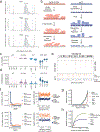
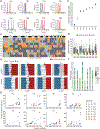
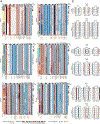
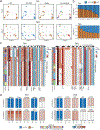
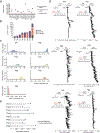
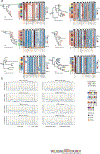
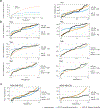

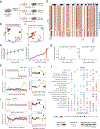


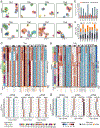
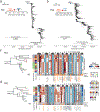


Comment in
-
Probing clonal dynamics with single-cell genomics.Nat Cancer. 2021 Dec;2(12):1289. doi: 10.1038/s43018-021-00311-8. Nat Cancer. 2021. PMID: 35121909 No abstract available.
References
Methods References
-
- Hahsler M, Piekenbrock M & Doran D dbscan: Fast Density-Based Clustering with R. 2019 91, 30, doi:10.18637/jss.v091.i01 (2019). - DOI
Publication types
MeSH terms
Grants and funding
LinkOut - more resources
Full Text Sources
Other Literature Sources
Medical
Research Materials
Miscellaneous

